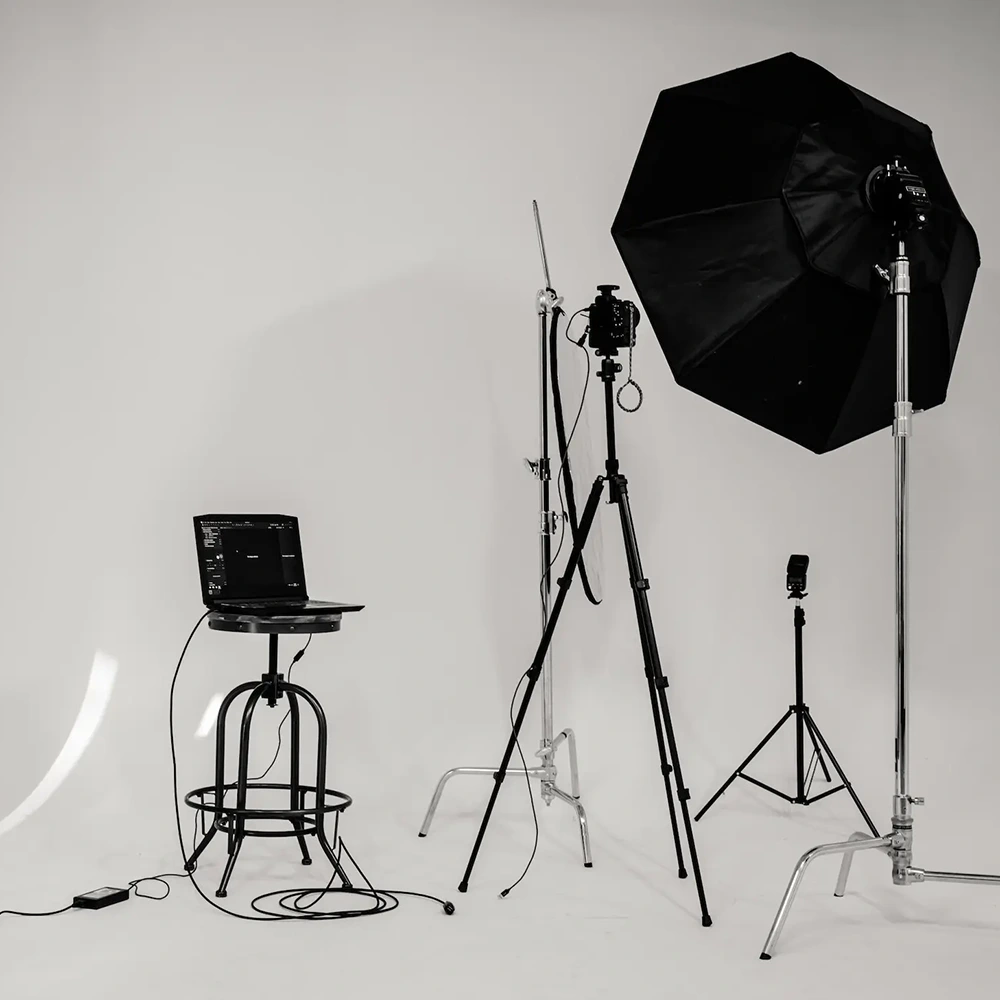Photography has the capability to tell a story, and many micro-stories within that larger one. Whether for marketing, branding, or design purposes, if photos feel inauthentic, your users take notice. The debate of whether brands should utilize stock images has long been a tug and pull between inauthenticity and relatability. Stock images can be a great tool in your toolkit, however, to make it feel much more authentic to your users, it has to be utilized with the right eye. How then, can designers utilize stock photos to feel organic and catered to their specific needs/brand?
A Balancing Act
In an ideal world, a website’s media library would be rich with photography that came specifically from the brand itself, with amazing shots of team members, candid action shots, and brand-focused details. However, the world moves at a quick pace, and oftentimes, that expectation isn’t always realistic. Although there is no harm in utilizing stock photography, of course with the right free licensing in mind, there should still remain a level of photography that comes straight from the source. When users see photos of the actual company and specific brand assets, it feels much more authentic and in turn creates user trust. When a website is overpopulated with stock photos, it can diminish the human aspect of your brand and can connote your brand to an impersonal experience. This isn’t to say that stock photography should never be utilized, rather, it is about balancing the right amount of stock and company photos.

Use Contextually
The impact of stock photography lies in how you utilize it contextually to drive your visual story forward. One main objective to consider is the beckoning question, “How will this image elevate or propel the user to learn more about our website’s mission?” Not only should it be contextual to the content and messaging, but it should also represent your company story. Oftentimes you can crop photos that showcase an element of the photo you want to grab your users’ eye to. This can help avoid unnecessary distraction from the rest of the image that just may not be relevant to your site.
Avoid Overly-Staged Photos
Although there are some amazing stock photos out there, there are plenty that feel quite staged or impersonal. The close-up of a smiling person looking at the camera with a thumbs up, or the team adamantly high-fiving, can often feel quite posed and inorganic. In an age where newer generations make decisions heavily based on the authenticity of a brand, images that feel too staged can deter your users. Rather, consider utilizing much more candid and nuanced photos. Typically, candid photos or photos that emit that candid feel are aligned better with an authentic feel.

Consistency
When implementing and sourcing stock images to ensure consistency in aesthetics and tone, a comprehensive approach is essential. Start by outlining a clear vision or your brand style guide that defines the desired mood, color palette, subject matter, and themes you wish to maintain across your visual story. Pay attention to lighting, texture, and the predominant colors in potential images. As you make selections, compare each image side-by-side to guarantee visual cohesiveness. Consistency in visuals not only strengthens brand identity but also creates a seamless and professional look across platforms and mediums. Another key aspect of this goal is ensuring that within that consistency, they contextually make sense to your brand/brand services and overall aesthetic, to not dilute that tone with photos that feel out of place.
Stock photography is an amazing, helpful tool that can move your brand story along with the user on their journey. With amazing stock image photographers out there, find the best photos that match your visual story for the better.









